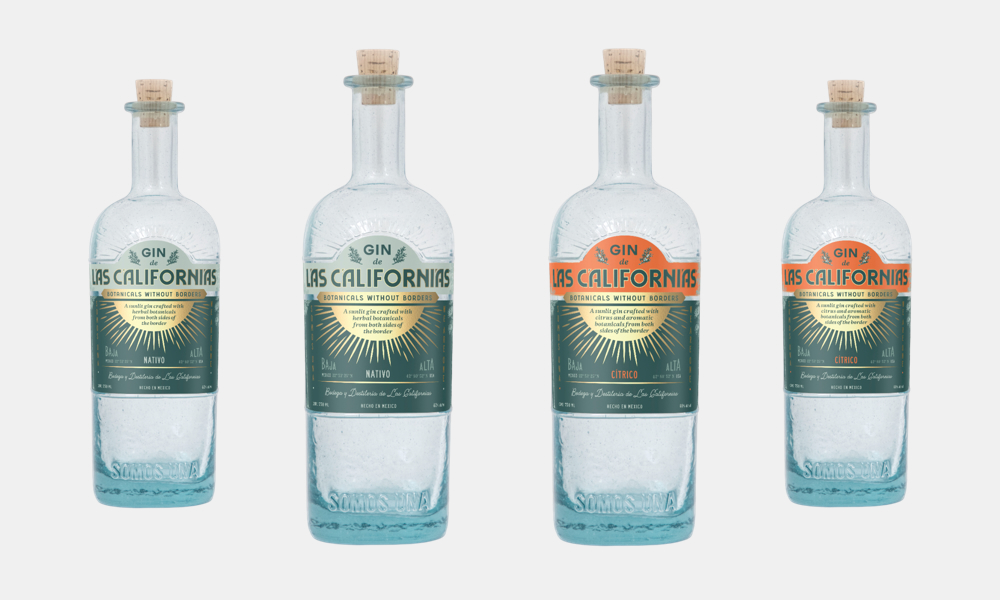Welcome to Add to Bar Cart, where Cool Material’s writers and editors recommend the spirits that they’re enjoying most right now.
Few spirits can better showcase the location it’s made than gin. While gin lacks a legal definition that ties it to one region like, say, Scotch whisky or tequila, gin producers can highlight a place by focusing on the herbs and botanicals native to their home area. The mass market gins you’ll find just about anywhere don’t do this, but the smaller brands can — and can do so exceptionally well, as seen with Las Californias.
As the name suggests, Las Californias makes gins that pull from the bounty of Alta and Baja California (a range that covers modern day California and the Baja California Peninsula in Mexico). Anyone who has been to this stretch of land along the Pacific knows there’s a bounty of indigenous plants that grow abundantly alongside those that were brought from afar but thrive in the California environment. Las Californias provides a taste of some of the most prominent.
ABV: 40 percent (80 proof)
Price: $29.99
Where it’s available: Listings on the store locator, as well as Reserve Bar
How Las Californias Gin Is Made
Las Californias currently has two gins on the market: Nativo and Citrico. The former forefronts ingredients originally from the surrounding sea (kelp), forest and coast (artemesia, which has notes similar to sage, oregano, and rosemary; yerba santa, which is a sacred healing plant reminiscent of coriander and licorice; and white sage), and desert (damiana, which has sweet woody spearmint flavors). Native California hops bring melon flavors into the mix. This being gin, juniper is also included — in this case Juniperus californica, which has a softer and sweeter pine flavor than common juniper.
Citrico folds ingredients into its botanical profile that don’t originally come from the Californias region other than the California juniper, but that have nonetheless found a ready home after being brought by settlers and migrants. Eureka lime, grapefruit, and lemongrass, all with origins tracing back to Asia, bring a brightness to the gin, while almonds, originally from the Middle East, add body and depth. Grape leaves, originally from the Mediterranean and Middle East but now synonymous with California, bring a grassy vegetal note. Apricot (originally from central and western Asia) and fig (from the Middle East) add body and fruity sweetness to the spirit, as they’re macerated directly into the gin after distillation.
What Las Californias Gin Tastes Like
Both of these spirits have flavor profiles guided by what’s inside. With Nativo, a sweet licorice and sage aroma lands first and leads into a minty palate and ends with a distinctive bitter note. The Citrico has a noticeable golden tinge as opposed to the crystal clear liquid of the Nativo. Candied citrus peel is apparent on first sniff — appropriate considering the name. A lightly sweet licorice and floral quality follows. It’s light on the palate, with the candied citrus showing through again and a hint of nuttiness at the end.
Either make for a fantastic gin and tonic with the perfect ratio (or better yet, a Spanish gin and tonic), though just a splash of soda water and some ice is all they really need to let the gins shine through.
Why You Should Add Las Californias Gin To Your Bar Cart
Las Californias makes American-style gins that let botanicals other than juniper shine. Californians curious about their home state’s terroir have an obvious reason to check Las Californias out, but any gin lover will appreciate this brand that highlights a defined region.




